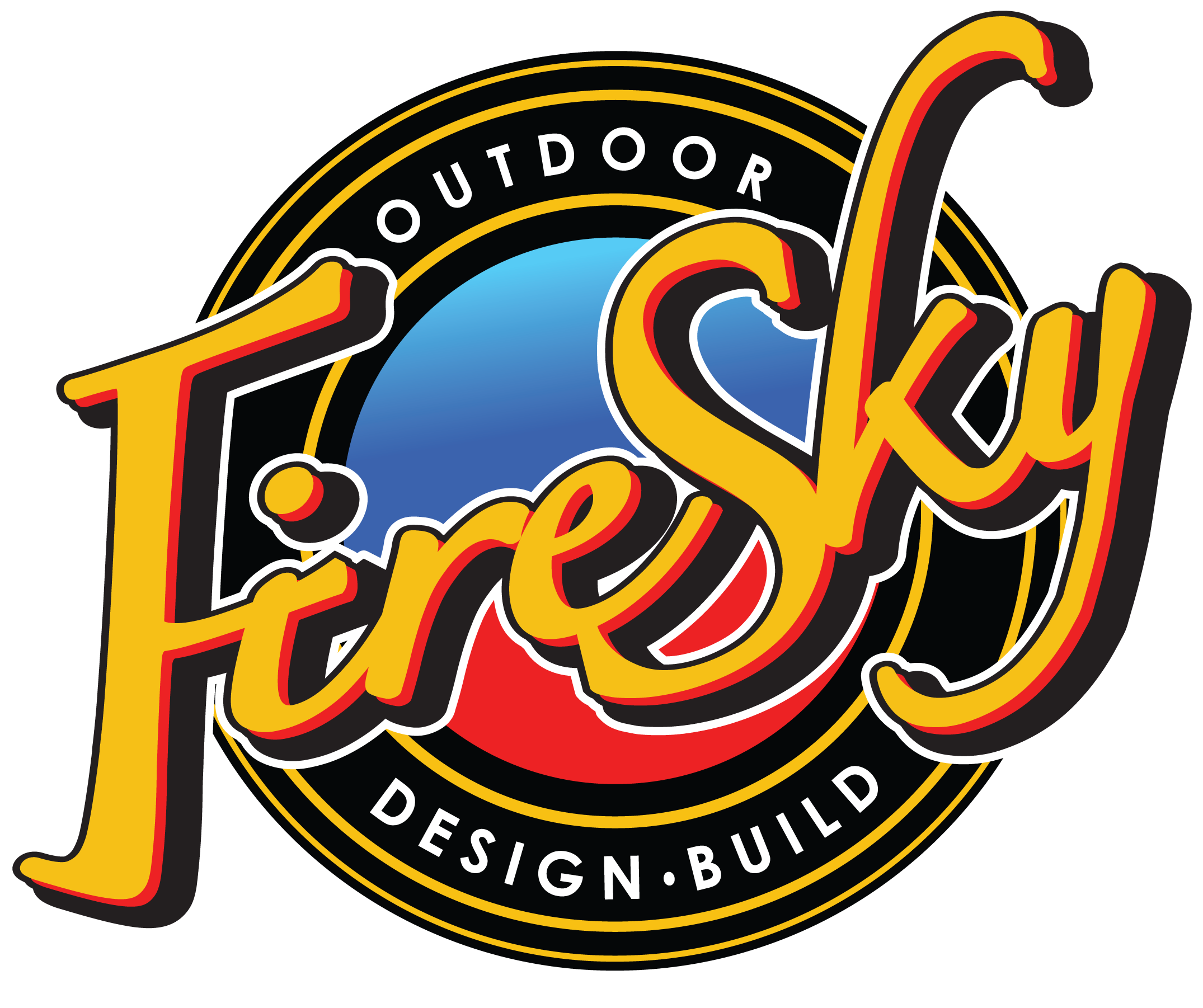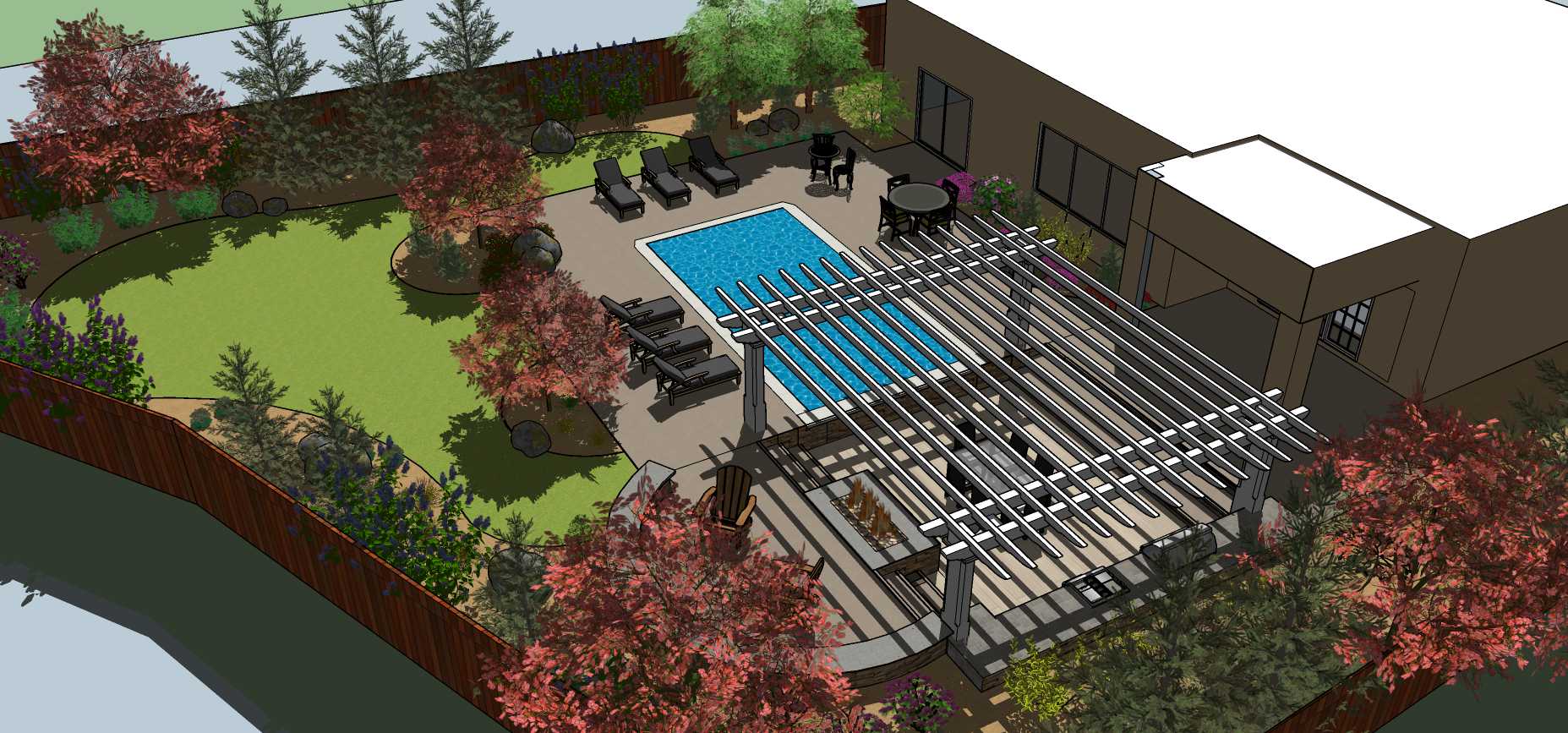Landscape Designer: Tips to Narrowing Down Design Ideas and Styles
Thinking about a new landscape is exciting, but it may be a bit overwhelming because it’s not always easy to choose a design style. That’s why homeowners turn to landscape designers, who inspire, educate, and help with the decision-making process. In this article we will explore the process your landscape designer will use, with tips on narrowing down design ideas and styles in Sparks, NV.
Figuring Out What You Want
Sometimes, homeowners know exactly what they want and just simply need some help with implementing landscape design features in the best way. Other times, they will come to their landscape designer with a scrapbook of diverse ideas that they love and “can’t live without.” The possible issue with this latter approach is that the finished design will end up looking like a hodgepodge of ideas that won’t resemble what they initially envisioned. This means that the designer has to gently suggest that some ideas are eliminated or modified to create a more cohesive landscape.
Related: Reasons Why Landscape Architecture is Important in Sparks, NV
Ask the Right Questions
To help you verbalize your ideas to help your designer come up with the best master plan, start with a few key questions. It’s helpful to see these questions not as either-or, but as catalysts for getting clear on what you want.
Focus on Functionality
First, consider function: What you will be doing in the space, and features could deliver the experience you want? For instance, what do you like and dislike about your current landscape in terms of its usability? What are your current challenges (for example, no privacy, awkward design of outdoor areas, or poor drainage)? Do you love to entertain often, or will your backyard be more of a private sanctuary? Do you have specific desires for your landscape such as a game court or vegetable garden? Can you use the space in all seasons (is there adequate sun for colder weather and shade for hot weather?) Do you love yard work, or do you see it as a chore? Are there privacy issues that need to be addressed? Do you need to create more usable space on a sloped lot? What about future needs—for example, how will you transform a play area once the kids are grown and gone?
What Do You Find Attractive?
Next, consider aesthetics—in terms of your personal style and how it carries over from your home into your landscape.
What do you like and dislike about your current landscape in terms of aesthetics? Do you prefer lush plantings that provide lots of shade and intimate nooks, or do you love wide open spaces? Would you prefer a formal space with clean, straight lines and an orderly appearance or are you at home in more random, relaxed and natural spaces? Are you more into traditional, rustic, eclectic, or modern design, and how will your design preferences integrate your landscape and the architectural style of your home? If you need to create shade, will you do it with plantings, temporary shade, or permanent shade structures?
Related: 9 Ways to Incorporate Natural Stone Into Your Incline Village, NV, Backyard Design
The Budget Factor
Once you have an idea of the function and aesthetics you want, turn consider your budget. Can you achieve all of your must-haves as you envision them, or will you have to modify or eliminate a few? Can you do any of the work yourself, or do the project in phases over several years?
A good landscape designer will help you narrow your idea and style choices and create drawings (including bird’s-eye views) of a landscape that is a functional and beautiful blend of the personal styles of the people living in the home—so that everyone feels at home, has their needs met, and enjoys the space in the ways they like.

